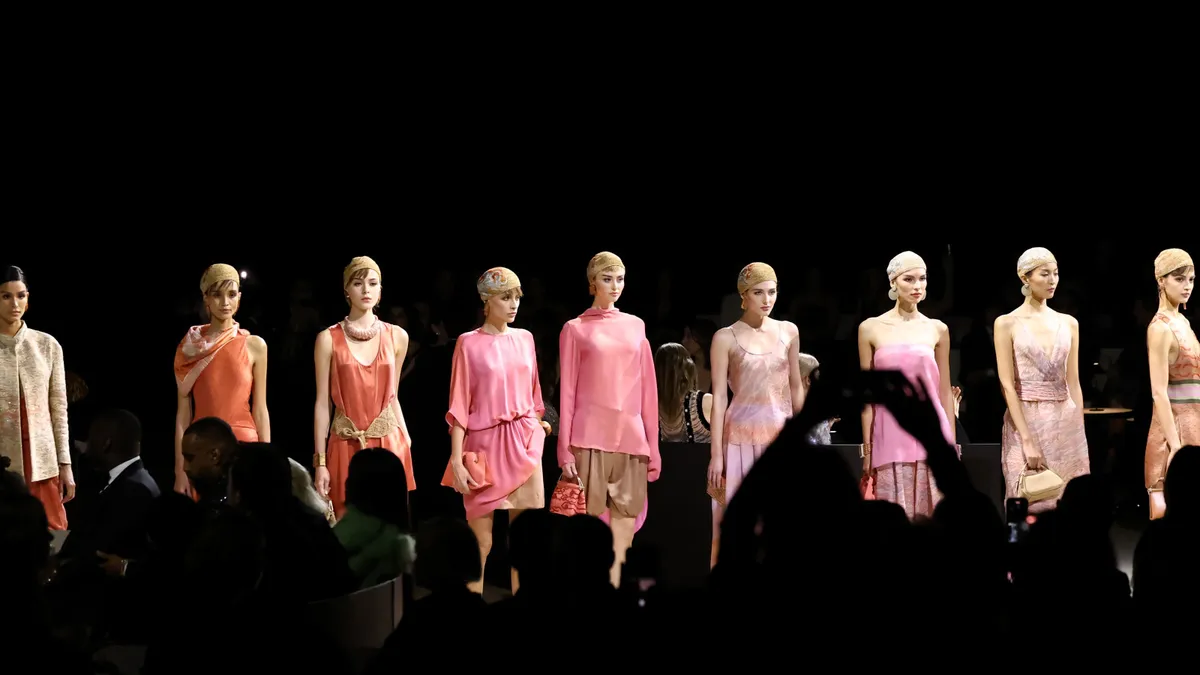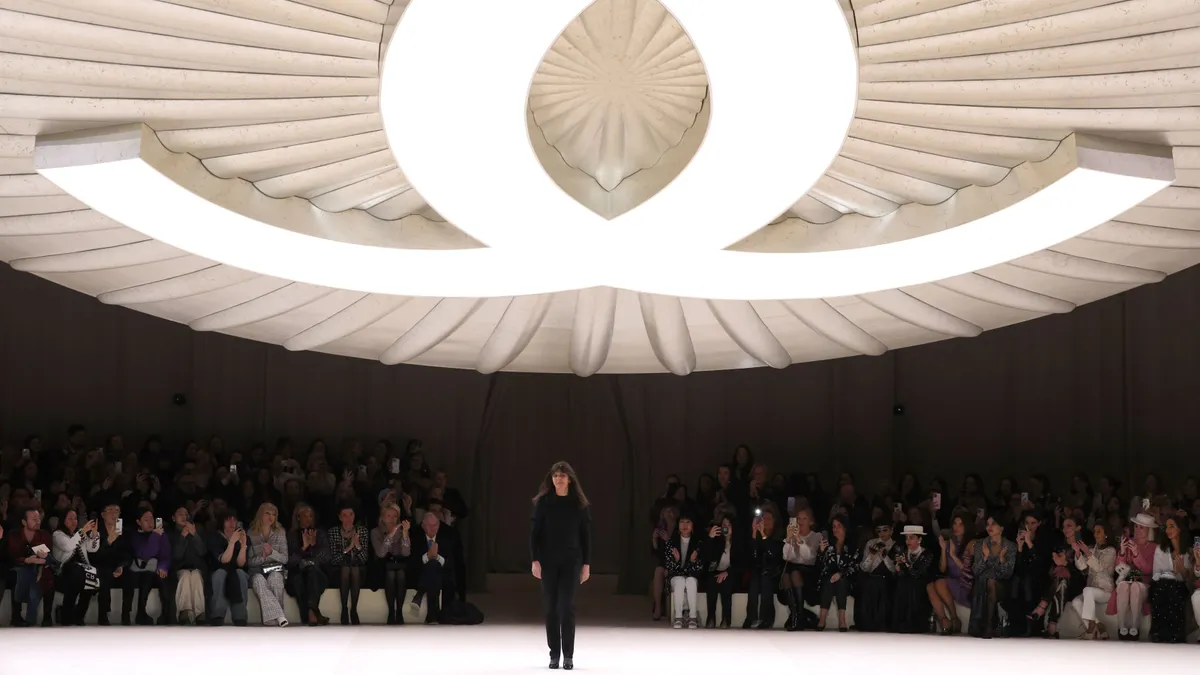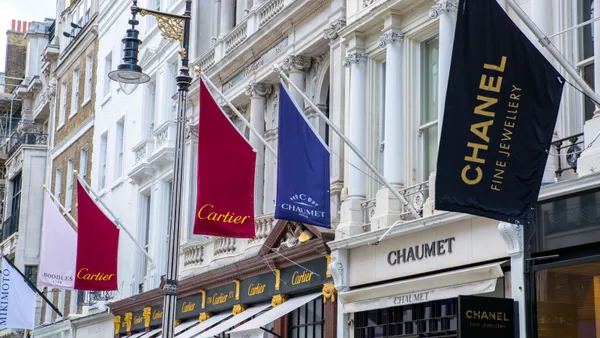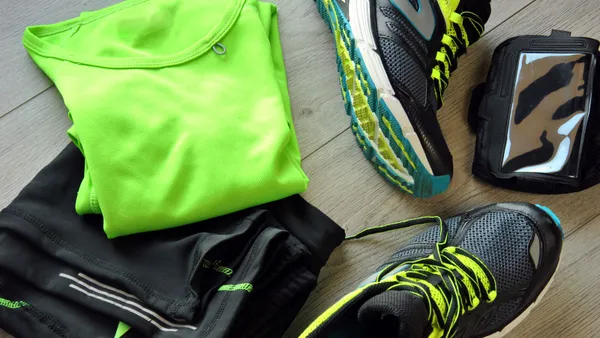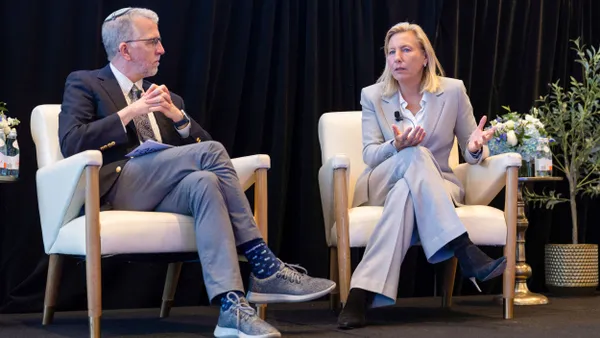Dive Brief:
- The fashion industry will see sluggish but stable, low single-digit revenue growth next year, according to a report released Monday from McKinsey.
- The report, titled “The State of Fashion 2025: Challenges at every turn,” said that nonluxury will drive the entirety of the increase in economic profit for the first time since 2010, excluding the Covid-19 pandemic, and that a newly focused emphasis on value will drive resale and off-price expansion.
- In addition, the e-commerce challenges that hit luxury will extend to nonluxury digital platforms, the report said, noting that nonluxury e-commerce has suffered “due to existential business model challenges and disruptions.” To survive, those platforms will have to “carve out a clear role in the fashion ecosystem,” the report said.
Dive Insight:
The fashion industry is expected to post record economic profit in 2024, according to the report. However, the balance of power is shifting.
“Between 2021 and 2022, luxury alone contributed to the fashion industry’s growth in economic profit,” the report said. “The segment achieved this growth in part due to price increases.”
The dynamic began to change in 2023, with nonluxury driving value creation. McKinsey said this shift is expected to continue in 2024, with luxury “expected to create less value than the previous year for the first time since 2016 (excluding Covid-19).”
Looking ahead to 2025, this shift and others mean the fashion industry may be facing a particularly tumultuous and uncertain year, according to the report.
“A long-feared cyclical slowdown has arrived,” the report said. “Consumers, scarred by the recent period of high inflation, are increasingly price sensitive. There is also the surprising rise of dupes, the acceleration of climate change and the continued reshuffling of global trade. Regional differences, which came into focus in 2024, will become even starker in the coming year.”
Falling inflation and increased tourism in Europe will benefit the fashion industry and high-net-worth consumers in the U.S. New growth opportunities in Asia may counteract some of the continued uncertainty surrounding consumer spending in China. Brands will also pivot focus to other Asian markets, such as Japan, Korea and India.
In 2025, brands may also need to increase engagement with the “Silver Generation” of consumers, meaning individuals aged older than 50. McKinsey noted that 72% of total U.S. population wealth is accounted for by people over the age of 55, and “brands that engage these previously overlooked shoppers while creating inter-generational appeal will unlock incremental growth.”
Fashion technology will also evolve next year. According to the report, 50% of fashion executives surveyed said they saw product discovery as the main use case for generative AI in 2025, while 82% of customers said they want AI in fashion to assist them in reducing the time they spend researching what to buy.
In the sportswear, athleticwear and athleisure market, so-called “challenger brands” such as Hoka parent company Deckers, Asics, New Balance, Vuori and Alo Yoga, are growing in market share. They’re expected to surpass the “Big Four” incumbent sportswear brands — Nike, Adidas, Puma and Under Armour — in profit for the first time in 2024, which means innovation will be key moving forward, according to McKinsey.
In terms of sustainability in the fashion industry, 63% of brands are behind on their 2030 decarbonization goals, per the report. Despite that, only 18% of executives surveyed said they consider sustainability “a top-three risk for growth in 2025,” down from 29% for 2024, and despite increased regulatory reform.
Meanwhile, apparel consumption is projected to rise by 63% by 2030, and if the current trajectory continues, by 2050 “it would use more than one quarter of the world’s carbon budget,” per the report.



